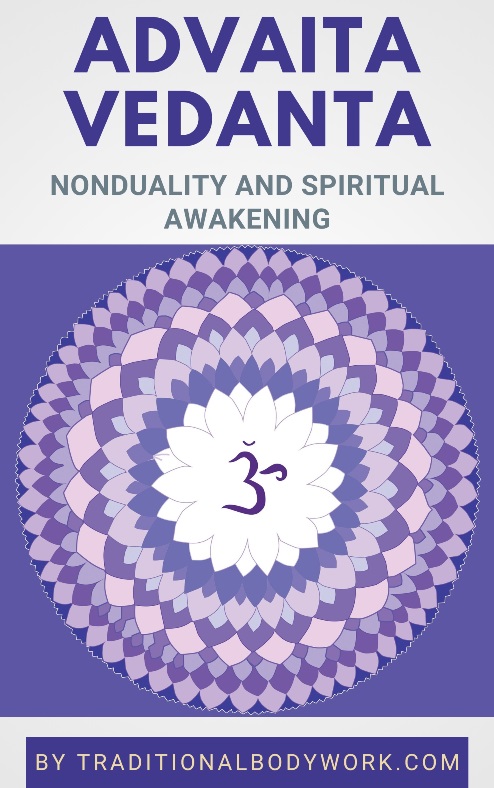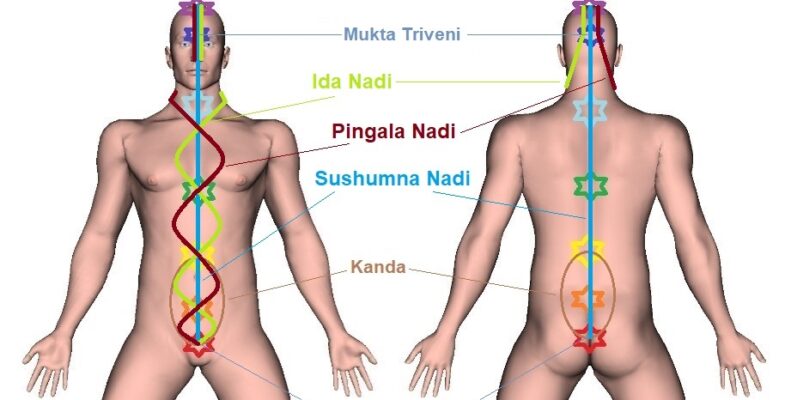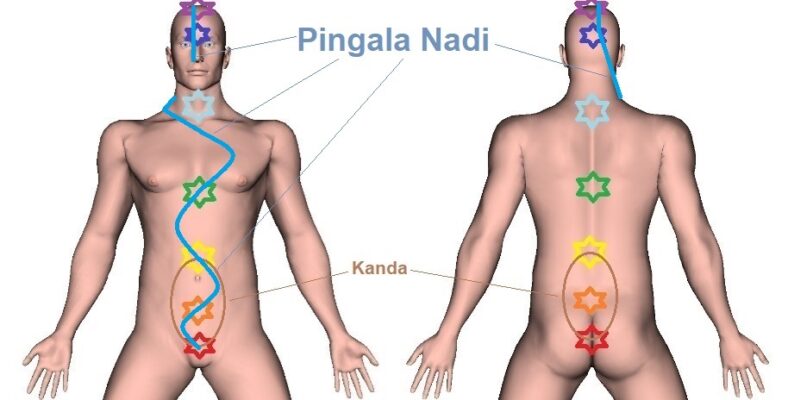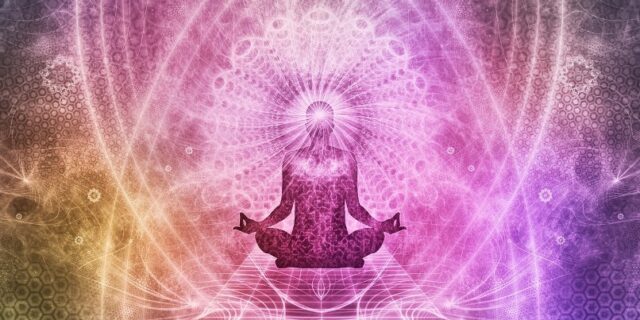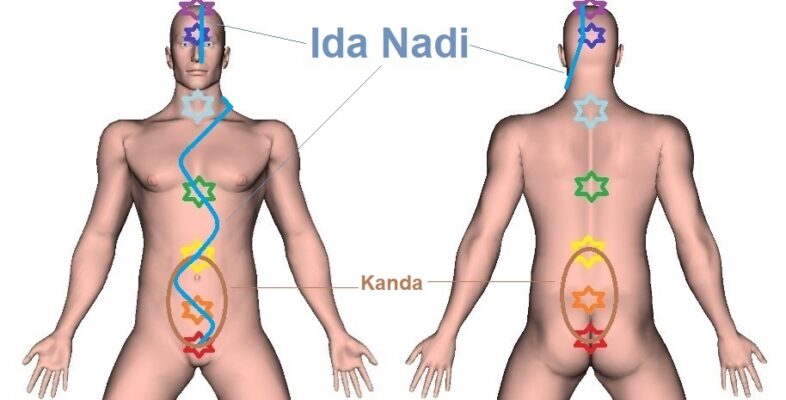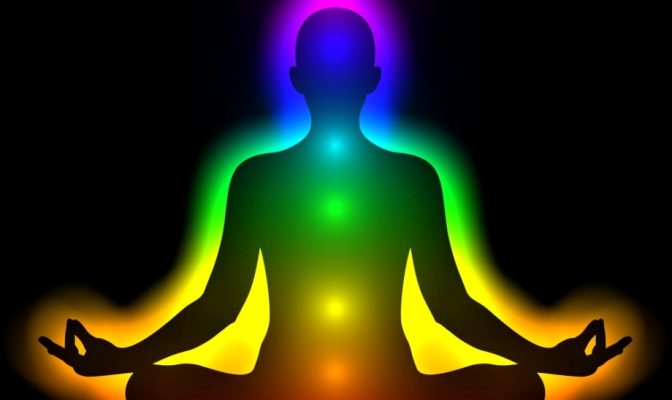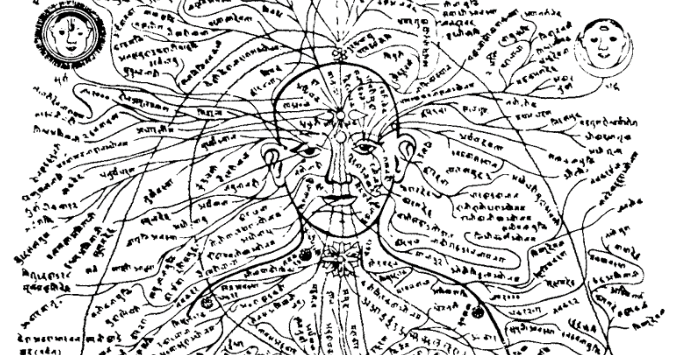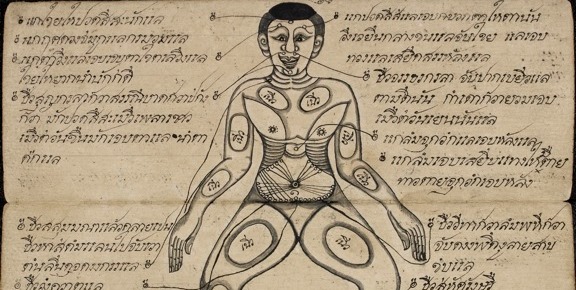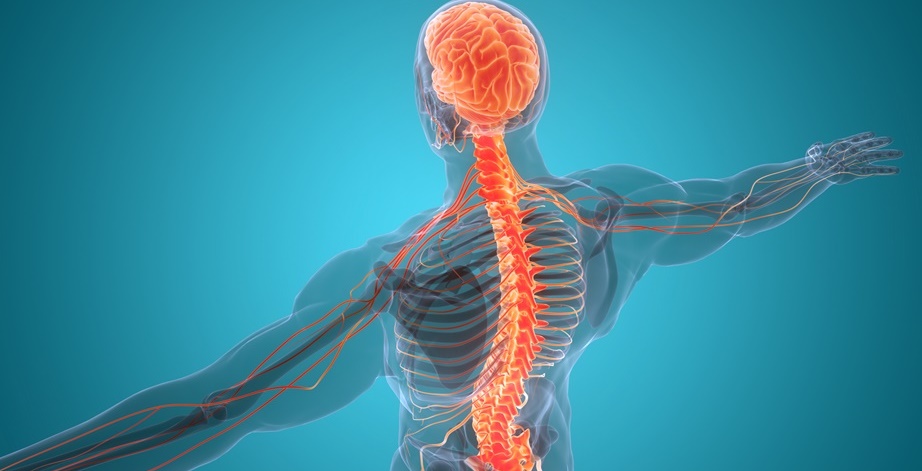
There’s a certain conception within parts of the Yoga community that the Yoga Nadi Energy Channels are in fact an ancient description of (or equals) the nervous system.
It’s true that the Indian Sanskrit word Nadi can refer to, for instance, a nerve or blood vessel — instead of a Prana Energy Channel — depending on the context in which the word is used. So, in that sense, Nadis can certainly refer to nerves and/or the human nervous system.
Nevertheless, Nadis used in the sense of Energy Channels are explicitly not thought to be nerves, but material albeit subtle material canals or pathways that distribute Prana Life Force through the entire body. Yet, certain Nadis are believed to explicitly influence or even govern the nervous system.
But, let’s first look at the definition of the human nervous system, before we discuss the correlations with the Yoga Nadis.
Parts of the Nervous System
In contemporary science, it’s thought that our nervous system has two main parts, that is, the Central Nervous System, which is made of the brain and spinal cord, and secondly the Peripheral Nervous System, which consists of all nerves and nerve connections that branch off from the spinal cord and extend to all parts of the body.
The Peripheral Nervous System is further divided into the Somatic Nervous System and the Autonomic Nervous System. The Somatic Nervous System is under voluntary control, while the Autonomic Nervous System is a self-regulating system outside voluntary control.
Ida and Pingala Nadi and the Autonomic Nervous System (ANS)
It’s thought that Ida Nadi can control the Parasympathetic Nervous System (PNS), which is part of the Autonomic Nervous System (ANS). The PNS typically tries to maintain, relax, or reduce the body’s activities and creates a “state of calm.” Think of regulating autonomous bodily functions such as blood pressure, breathing, blood flow, and heart rate.

Pingala Nadi, however, is thought to control the Sympathetic Nervous System (SNS), which is likewise part of the ANS. The SNS is considered responsible for autonomous “fight or flight” stress and challenge responses. In fact, the SNS tends to speed up one’s heart rate, supply more blood to body areas that need more oxygen, or triggers other responses that help to cope with difficult or dangerous situations.
Interestingly enough, physically, the left hemisphere of the brain controls the right side of the body, and the right hemisphere controls the left side. As such, the brain’s left side is linked to Pingala Nadi (and not to Ida Nadi), and the right side of the brain to Ida Nadi (and not to Pingala Nadi).
In the scientific community, it’s thought that the brain’s left side governs abilities such as communication, rationalization, problem solving, memorizing, and analyzing, among others, which would indeed correspond with the functions and “sun” qualities of Pingala Nadi. Furthermore, it’s thought that the right side of the brain governs abilities such as creativity, intuition, emotional response, and imagination, which corresponds to Ida Nadi’s “moon” qualities.
Nevertheless, it’s also true that the left part of the brain largely connects to the PNS (controlled by Ida Nadi), while the right brain part largely connects to the SNS (controlled by Pingala Nadi). This would imply that Ida Nadi moderates or negotiates functions of Pingala Nadi, and Pingala Nadi by contrast moderates or negotiates functions of Ida Nadi. Although this seems to be an anomaly or paradox, it fits perfectly well in the Yogic idea of balance between Ida and Pingala Nadi, the two complementary Nadis that work intimately together, and are seen as part of the principal tri-unity i.e. Trividha Nadis.
Sushumna Nadi and the Central Nervous System (CNS)
The location and trajectory of Sushumna Nadi — also called Susumna Nadi — is said to be running along (or in) the entire spinal column going up to the top of the head (at the location of the fontanel). Some therefore think that Sushumna Nadi is or — at least — governs the CNS, the latter being defined as consisting of the brain and the spinal cord.

Moreover, there are other parallels between the CNS and Sushumna Nadi. For instance, it’s said of Sushumna Nadi that all other Nadis in the body branch off Sushumna, just like the Peripheral Nervous System that branches of the CNS.
It’s also thought that a “fully opened and activated” Sushumna Nadi enables expanded or non-ordinary states of consciousness, which, in modern science, is seen as a function of altered brain activity. In Yoga, these special states of consciousness are deliberately induced through, for instance, meditation, Mantra recitations, or Pranayama practices.
Another interesting parallel is that Sushumna Nadi is considered the “hidden channel,” and moreover — consists of layers, that is, three inner channels, which are the Vajra, Chitrini, and Brahma Nadi. It’s easy to see the correlation with the spinal cord, which is “hidden” inside the spinal column (the bony vertebral column) and further shielded by three protective layers called the meninges (the dura, arachnoid and pia mater).
In any case, in a more general sense, Sushumna Nadi is seen as the most important Energy Channel, governing all other Nadis and supplying them with Prana Life Force, just as the brain and the spinal cord together are seen as the most important part of the nervous system, receiving and sending signals (i.e. impulses) respectively from and to all body parts.



